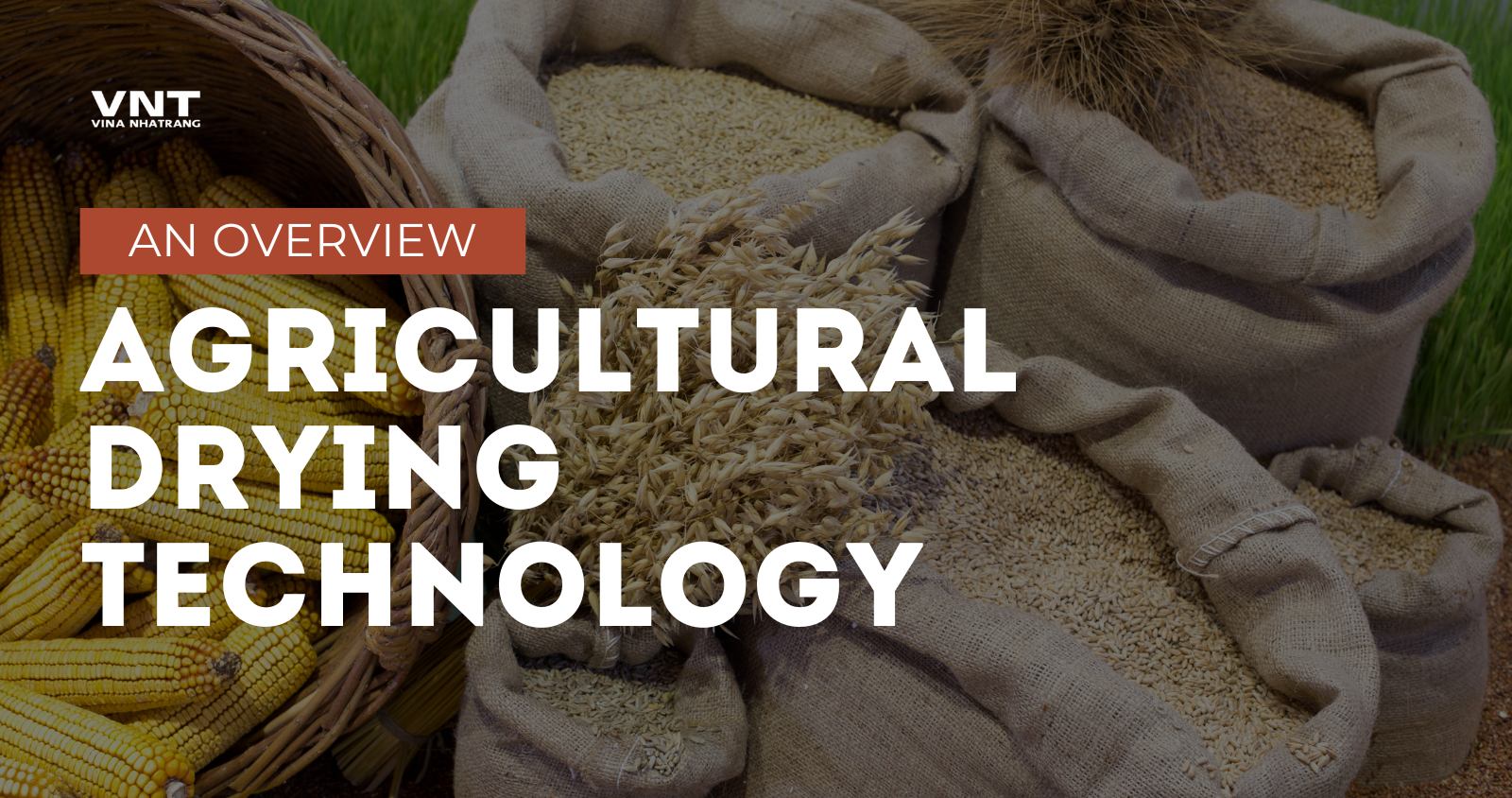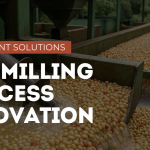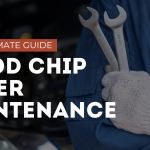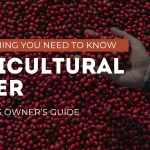Drying is one of the oldest and most essential preservation techniques in agriculture, evolving from simple sun-drying methods to sophisticated technological systems. This comprehensive guide explores the fundamental principles, diverse applications, and cutting-edge innovations in agricultural drying technology, providing valuable insights for farmers, processors, engineers, and technology developers.
Table of Contents
ToggleUnderstanding the Fundamentals of Agricultural Drying
Agricultural drying is the process of removing moisture from crops and agricultural products to extend shelf life, preserve quality, and reduce post-harvest losses. The science behind drying involves two primary processes:
Moisture Movement: The migration of water from the interior of agricultural products to the surface, governed by diffusion principles and material structure.
Evaporation: The conversion of surface moisture into vapor, determined by temperature, relative humidity, and air velocity.
The critical parameters in any drying process include:
- Initial and final moisture content
- Drying rate
- Temperature sensitivity of the product
- Energy efficiency
- Product quality preservation
Common Drying Methods in Agriculture
Solar Drying
The oldest method relies on the sun’s energy to evaporate moisture. Modern solar dryers feature improved designs with better air circulation and protection from contaminants, making them sustainable options for small-scale operations in sunny regions.
Convection Drying
This widely-used technique employs heated air flowing over or through the product to remove moisture. The effectiveness depends on air temperature, velocity, and contact time with the product. Convection dryers range from simple batch systems to sophisticated continuous-flow installations.
Conduction Drying
Heat transfers directly from a hot surface to the product, commonly used for thin products or slurries. Drum dryers and heated-surface belt dryers are typical examples of conduction drying equipment.
Vacuum Drying
Operating at reduced pressure lowers the boiling point of water, allowing moisture removal at lower temperatures. This method is ideal for heat-sensitive products but requires specialized equipment and higher energy inputs.
Freeze Drying
Also known as lyophilization, this premium drying technology freezes the product before removing water through sublimation. While energy-intensive and expensive, freeze drying delivers superior quality by preserving structure, color, flavor, and nutrients.
Crop-Specific Drying Applications
Grain and Seed Drying
Cereal grains require careful moisture management to prevent spoilage and maintain germination potential. Modern grain dryers incorporate moisture sensing technology and multiple temperature zones to optimize quality and efficiency. Safe storage moisture content typically ranges from 12-14% for most grains.
Fruit and Vegetable Drying
These high-moisture crops demand gentle drying conditions to preserve nutritional value, color, and flavor. Osmotic dehydration (pre-treating with sugar or salt solutions) often precedes drying to improve quality and reduce energy consumption.
Herb and Spice Drying
Aromatic compounds in herbs and spices are highly volatile, necessitating low-temperature drying methods to preserve essential oils. Controlled humidity chambers with precise temperature management have become industry standards for premium products.
Nuts and Legumes
These protein-rich crops require uniform drying to prevent mold growth while maintaining nutritional quality. In-shell drying presents unique challenges addressed by specialized equipment with adjustable airflow patterns.
Technological Innovations Transforming Agricultural Drying
Heat Pump Drying Systems
Heat pumps recover energy from the exhaust air, significantly reducing energy consumption by up to 60% compared to conventional dryers. This technology maintains excellent temperature control while operating at lower temperatures, preserving product quality.
Microwave and Radio Frequency Drying
These electromagnetic technologies generate heat within the product rather than transferring it from the outside, creating more uniform drying and reducing process time. Hybrid systems combining conventional and electromagnetic drying offer optimized performance for many applications.
Intelligent Control Systems
IoT-enabled sensors and machine learning algorithms continuously monitor and adjust drying parameters based on product-specific needs. These smart systems optimize energy use while ensuring consistent quality, even with variable input conditions.
Sensor Technology Advancements
Near-infrared spectroscopy and hyperspectral imaging now enable real-time, non-destructive moisture measurement during drying. Multi-parameter sensing arrays monitor not just moisture but also color, texture, and even biochemical changes.
Energy Efficiency and Sustainability in Drying Operations
Energy typically represents 30-40% of drying operation costs, making efficiency improvements economically and environmentally important. Key approaches include:
- Heat recovery systems capturing exhaust energy
- Variable frequency drives optimizing fan performance
- Proper insulation minimizing heat losses
- Renewable energy integration, including biomass, solar thermal, and geothermal
- Product pre-treatments reducing energy needs
Ensuring Product Quality Through Optimized Drying
Quality preservation requires understanding how drying conditions affect:
- Nutritional value retention
- Color stability (preventing browning reactions)
- Texture development (avoiding case hardening)
- Flavor compound preservation
- Rehydration properties
Modern drying systems often incorporate multi-stage approaches with varying temperature and humidity profiles throughout the process to optimize these quality attributes.
Future Directions in Agricultural Drying Technology
The future of agricultural drying looks promising with several emerging trends:
- Modular, Adaptable Systems: Flexible drying solutions that can be reconfigured for different crops and capacities, reducing capital investment requirements.
- Artificial Intelligence Integration: Predictive algorithms optimizing drying parameters based on incoming product characteristics and desired output specifications.
- Combined Preservation Technologies: Integrating drying with other preservation methods like controlled atmosphere storage and non-thermal processing.
- Circular Economy Approaches: Utilizing drying by-products and waste heat in integrated agricultural systems.
- Miniaturization for Small-Scale Applications: Development of energy-efficient, affordable drying technology for smallholder farmers in developing regions.
Conclusion
Agricultural drying technology continues to evolve, balancing the fundamental principles of moisture removal with innovations that enhance energy efficiency, product quality, and operational flexibility. As climate change impacts and resource constraints intensify, adopting advanced drying technologies becomes increasingly important for sustainable food systems.
Whether implementing basic improvements to traditional methods or investing in cutting-edge systems, understanding the science behind agricultural drying empowers better decision-making throughout the agricultural value chain. The future of agricultural drying lies in smarter, more adaptable technologies that preserve not just the harvest but also our natural resources.




